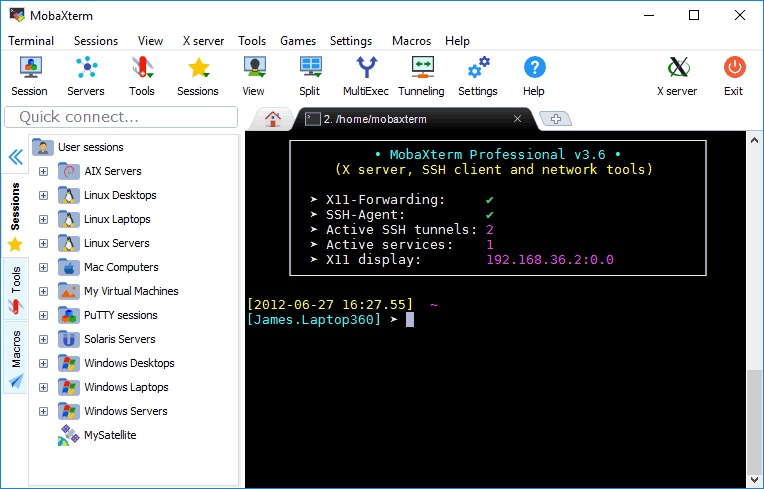sfx2000
Part of the Furniture
So in your opinion, you suggest to use standard ports? SSH on 22, Wireguard on 51820, etc...?
I'm just saying that moving ssh to another port does not fix the problem - it will still happen, maybe to a lesser degree, but it won't stop someone from rattling the doorknob on a TCP endpoint - doing a TCP port scan doesn't take a lot of time.
If the robot sends a syn packet at a port, and gets the ack, then it starts it's discovery script to find out what's behind that port - ssh reveals much...
wg is udp based, so most robots won't even try as there is no 3-way handshaking going on... it takes a lot longer to scan a host for udp, so most don't waste the time/bandwidth. Not to say that someone would not explicitly look for wg endpoints, that could happen, but that would be someone much more determined to do so...


